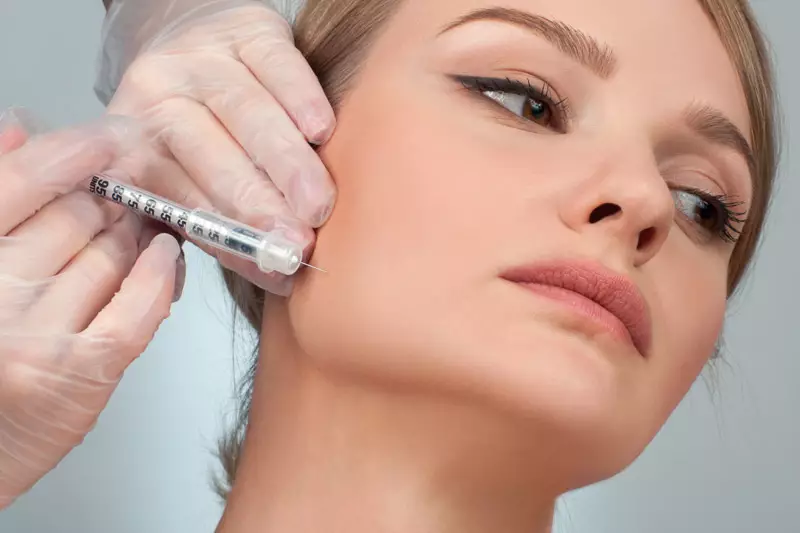Platelets, no they’re not some Bizarro World entry into the paper plate market. Platelets, for those of you who were passing notes in biology class instead of studying, are the critical element in the blood responsible for wound repair. More specifically, platelets allow the blood to clot. They’re also powerful little growth facilitators, another part of their wound-healing prowess.
Here’s an idea. Let’s say we take some blood and concentrate those platelets and then inject it back into your skin and let the platelets go to work.
Yeah, we do that every day at Deschutes Dermatology. It’s called platelet-rich plasma, and we use it to rejuvenate facial skin.
What is platelet-rich plasma?
If you take a blood sample and remove all the white and red blood cells, what you’re left with is plasma and blood platelets, but in a much higher concentration than when the blood cells are in there. Platelet-rich plasma (PRP) has been used for years to speed the healing of joints, tendons, and muscle tissue in professional athletes. Now it can “heal” problems such as sun damage, acne scars and stretch marks, and the decreasing volume that is a part of normal aging.
How is a PRP treatment done?
At Deschutes, we start the PRP process by taking a small amount of blood from you, about the same amount used for a typical lab test. That blood is then placed in a centrifuge that spins at a high rate and separates the different components of the blood. Red and white blood cells are divided from the platelets and the plasma (the clear fluid that makes blood liquid). This plasma now contains a higher than a normal number of platelets (four times higher) and is called platelet-rich plasma.
Dr. Carter then reinjects the PRP back into areas of the patient’s face that need rejuvenation. Once injected the PRP stimulates the growth of new collagen, revitalizes skin tissue, and smoothes and firms the skin. That’s where PRP injections are different than dermal fillers. Dermal fillers simply fill lines and folds. PRP fuels skin rejuvenation. You can think of PRP as a natural filler that is rebuilding rather than simply filling.
What happens after my session and when will I see results?
The entire PRP session takes only around 15 minutes and is relatively painless. There isn’t any recovery time, but there can be some slight redness and swelling at the treatment sites. This passes very quickly.
Results begin to show themselves in three to four weeks as new collagen is added to the treatment areas, and these results continue to build for months.
Interested in putting your platelets to work improving your facial skin? Call Dr. Carter at [primary_phone] and ask about platelet-rich plasma.


Recent Comments